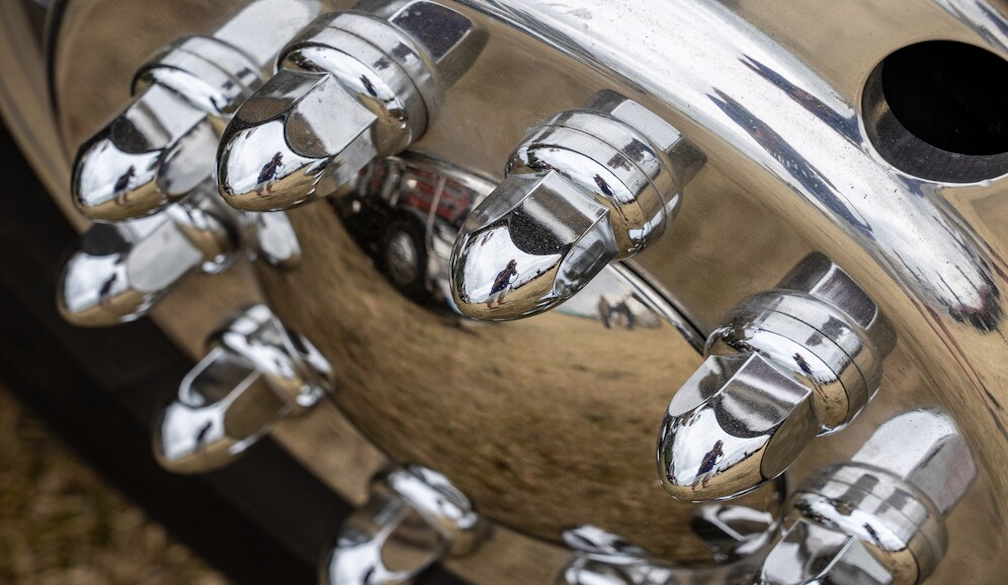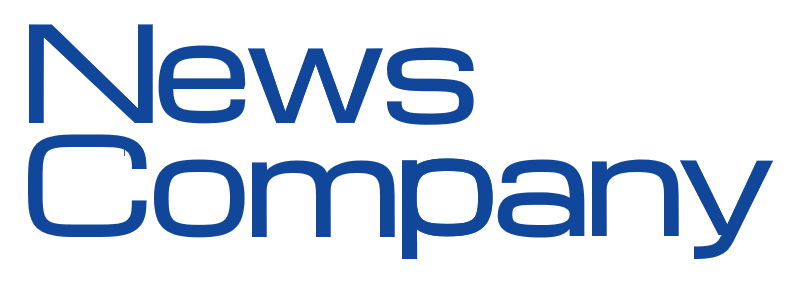Hard Chrome: A Solution for Enhancing Surface Durability

In industries where machinery and equipment endure intense wear and tear, finding effective solutions to enhance surface durability is crucial. Hard chrome plating, also known as industrial chrome or engineered chrome, is one such solution that has proven to be invaluable across various sectors. This process not only extends the lifespan of components but also improves their performance by providing a tough, wear-resistant surface. In this article, we’ll explore the benefits of hard chrome plating, its applications, and why it’s a preferred choice for many industries.
What is Hard Chrome Plating?
Hard chrome plating is an electroplating process where a thin layer of chromium is deposited onto the surface of a metal component. Unlike decorative chrome plating, which is mainly used for aesthetics, hard chrome plating is specifically designed to enhance the functional properties of the surface, such as hardness, wear resistance, and corrosion protection.
The thickness of the hard chrome layer can vary depending on the application, typically ranging from 2 to 250 microns. This layer forms a strong bond with the base metal, creating a surface that is not only durable but also resistant to abrasion, heat, and chemical attack.
Key Benefits of Hard Chrome Plating
Enhanced Wear Resistance:
One of the primary reasons industries opt for hard chrome plating is its exceptional wear resistance. The chromium layer provides a hard surface that can withstand heavy loads and repetitive friction, significantly reducing wear and tear. This is particularly beneficial for components such as hydraulic cylinders, piston rods, and industrial rolls that are subjected to constant stress.
Increased Hardness:
Hard chrome plating increases the surface hardness of metal components, making them less susceptible to deformation and damage. With a hardness rating of up to 70 Rockwell C (HRC), hard chrome is one of the hardest coatings available, providing a durable surface that can endure harsh working conditions.
Corrosion Protection:
In addition to its wear-resistant properties, hard chrome plating offers excellent corrosion resistance. The chromium layer acts as a barrier, protecting the underlying metal from corrosive environments, chemicals, and moisture. This makes hard chrome an ideal choice for components used in marine, chemical processing, and other corrosive industries.
Reduced Friction:
Hard chrome plating also provides a low coefficient of friction, which is essential for components that slide or move against each other. This reduction in friction not only minimises wear but also improves the efficiency and lifespan of the equipment. Industries such as automotive and manufacturing benefit from this property, where smooth operation is critical.
Cost-Effective Solution:
While the initial cost of hard chrome plating might seem higher than other surface treatments, its long-term benefits make it a cost-effective solution. The increased durability and extended service life of components reduce the need for frequent replacements and maintenance, resulting in significant cost savings over time.
Applications of Hard Chrome Plating
Hard chrome plating is widely used across various industries due to its versatility and performance-enhancing properties. Some of the key applications include:
Automotive Industry:
In the automotive sector, hard chrome plating is applied to engine components, such as crankshafts, camshafts, and piston rings, to increase their durability and performance. It is also used in shock absorbers and other suspension parts to improve their wear resistance and reduce friction.
Hydraulics and Pneumatics:
Hydraulic cylinders, piston rods, and other components in hydraulic and pneumatic systems are often plated with hard chrome to enhance their resistance to wear, corrosion, and impact. This ensures the reliability and longevity of these critical components.
Manufacturing and Tooling:
In manufacturing, hard chrome plating is used on moulds, dies, and cutting tools to improve their surface hardness and extend their operational life. The wear-resistant properties of hard chrome reduce tool wear and improve the quality of the finished products.
Aerospace Industry:
The aerospace industry relies on hard chrome plating to protect critical components, such as landing gear, turbine blades, and engine parts, from wear and corrosion. The high strength and durability of hard chrome ensure the safety and efficiency of aerospace equipment.
Mining and Heavy Equipment:
Hard chrome plating is also employed in the mining and heavy equipment industries, where components are exposed to extreme conditions. Excavator parts, drilling equipment, and conveyor systems benefit from the enhanced durability and corrosion resistance provided by hard chrome.
Conclusion
Hard chrome plating is a tried-and-tested solution for enhancing the surface durability of metal components. Its exceptional wear resistance, hardness, and corrosion protection make it an ideal choice for industries where equipment must withstand harsh conditions and heavy use. From automotive and aerospace to manufacturing and mining, the applications of hard chrome are vast and varied, underscoring its importance in modern industry.
While the initial investment in hard chrome plating might be higher than other surface treatments, the long-term benefits, including reduced maintenance costs and extended component lifespan, make it a cost-effective choice for businesses. For any industry looking to enhance the performance and durability of its equipment, hard chrome plating remains a reliable and effective solution.


